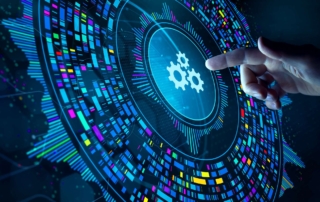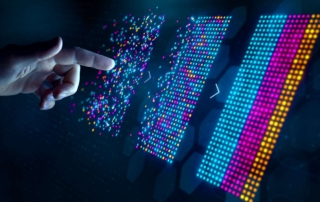Best Practices for Protecting OT Environments from Cyber Threats
Operational Technology (OT) plays a critical role in industries such as manufacturing, energy, transportation, and utilities. These systems control and monitor industrial processes that keep essential services running. As industries adopt digital transformation, OT environments are becoming more interconnected with [...]
Managing Ransomware Risks in Hybrid Work Environments
The shift toward hybrid work—where employees split time between remote and in-office settings—has transformed the way businesses operate. This flexibility brings productivity benefits and improved work-life balance, but it also introduces new cybersecurity challenges, particularly when it comes to ransomware. [...]
Responding to Ransomware with Cyber Insurance
Why Cyber Insurance Matters in the Age of Ransomware Ransomware has evolved into one of the most disruptive cyber threats facing organizations today. These attacks can encrypt or steal critical data, halt business operations, and demand costly ransom payments to [...]
How Cybersecurity Frameworks Guide Compliance
In today’s digital landscape, the stakes for cybersecurity compliance have never been higher. Organizations across industries face an evolving maze of regulations, from data privacy laws to sector-specific security requirements. Cybersecurity frameworks play a critical role in navigating these obligations, [...]
How to Develop a Ransomware Recovery Communication Protocol
Ransomware attacks continue to rise in both frequency and sophistication, making clear and coordinated communication essential during a crisis. In the first moments of an attack, confusion can lead to missteps, delayed responses, and greater damage. A Ransomware Recovery Communication [...]
Why Security Information Classification Matters
In today’s interconnected business environment, the volume of data organizations create, store, and share is growing at an unprecedented rate. With that growth comes increased risk—cyber threats, accidental disclosures, and compliance violations can all cause lasting damage. A Security Information [...]






